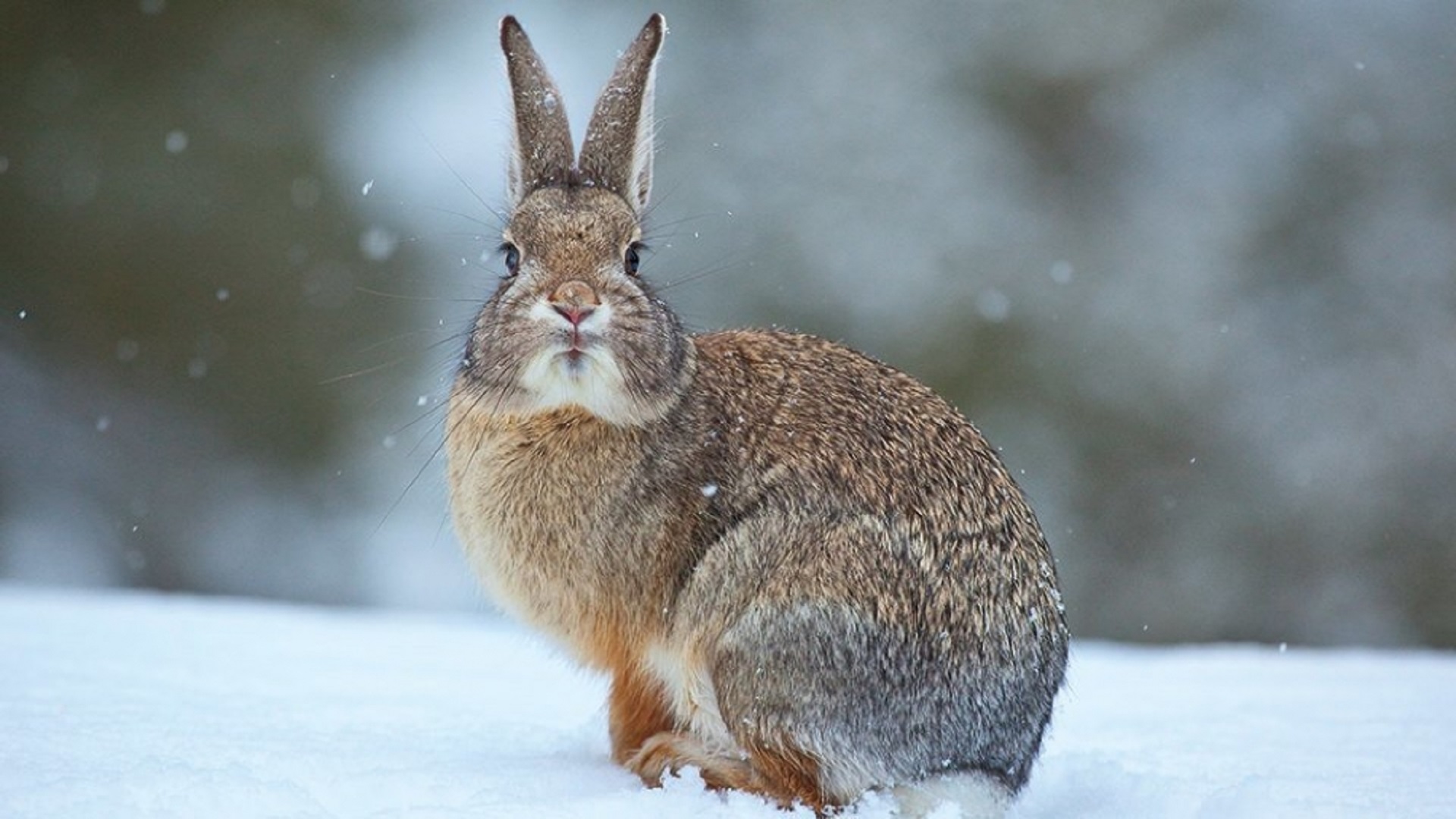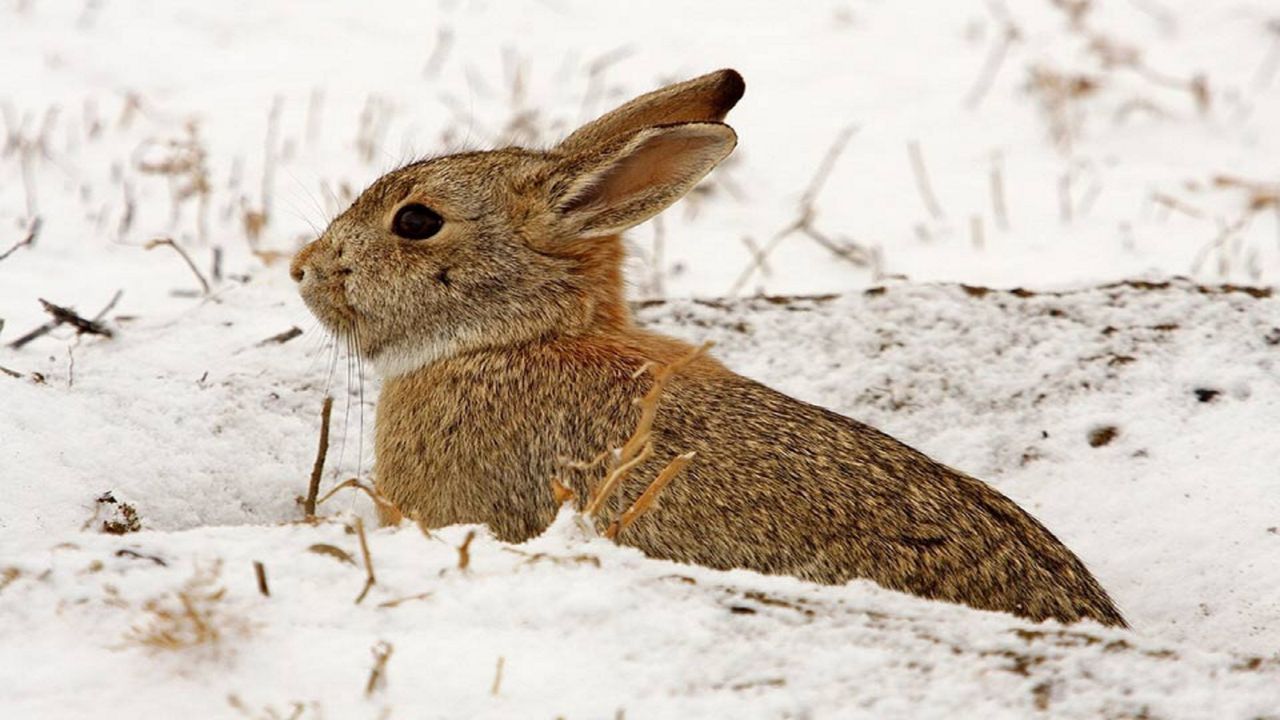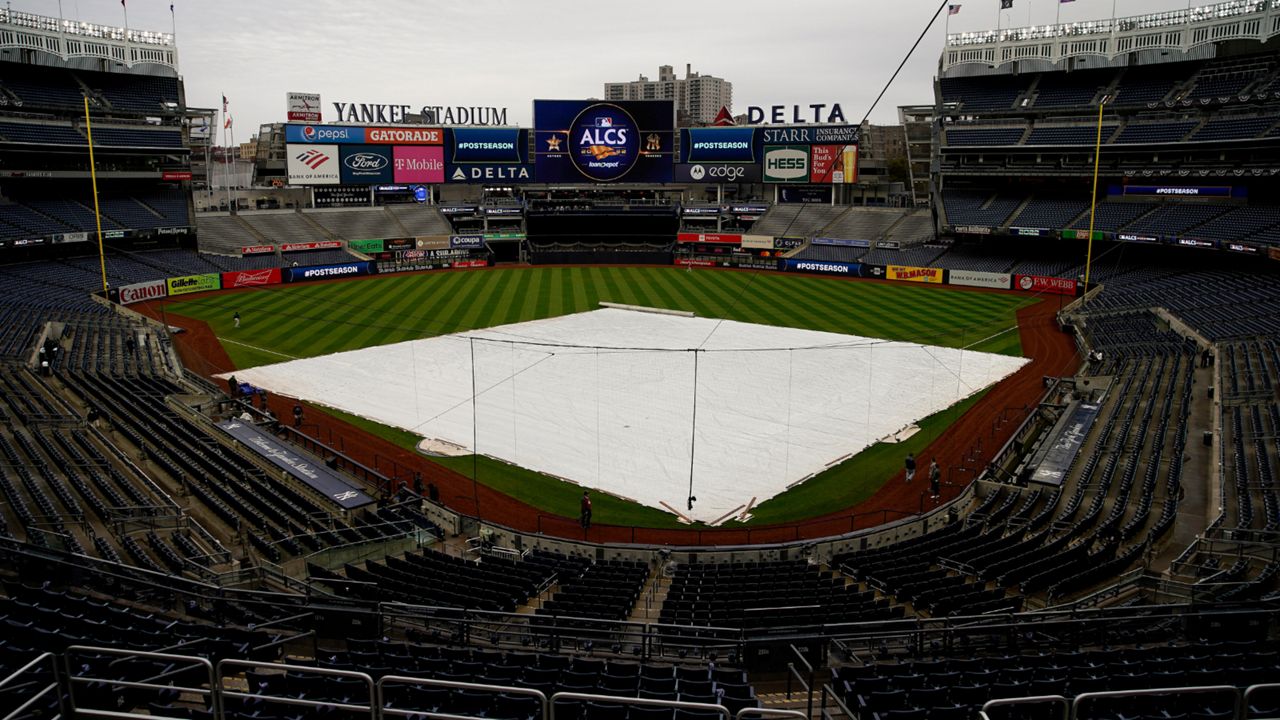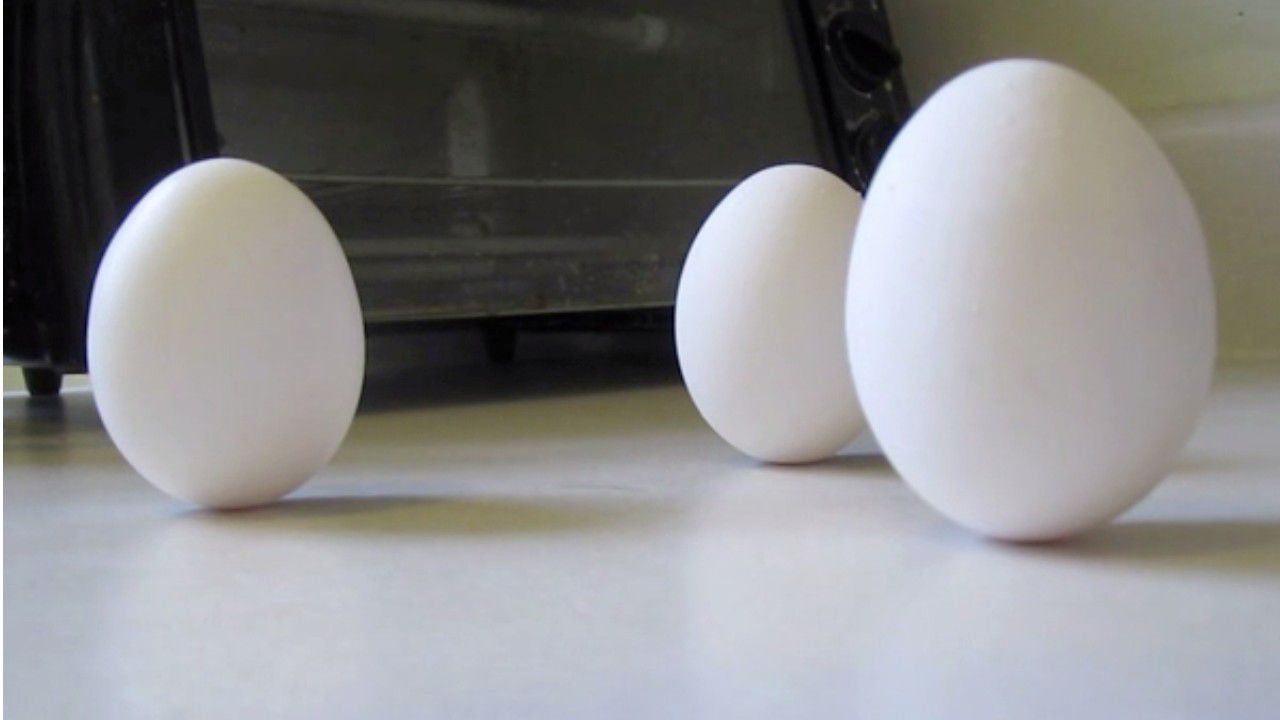If your yard is anything like mine, you see a lot of rabbits hopping around throughout the year, even in the winter.
Rabbits don’t hibernate in the winter; They are active year-round.
During winter, the colder temperatures and lack of vegetation force rabbits to spend more time searching and hunting for food. To survive the winter, rabbits have to be less fussy about the food they want and more creative about what they can get to eat.
The primary food source for wild rabbits is grass and other ground plants and vegetation. However, after the snow begins to fly and covers up the grass and most vegetation, they often don’t have access to the food they usually eat.
If you see rabbits in your yard this winter, it’s because there’s a good food source for them nearby. For many homes, these food sources are tall plants that remain visible even after a snowfall.
Hostas, burning bush plants, tall shrubs, twigs, bark, and buds of trees also attract rabbits during the winter season.
In addition to being concerned with finding food in the winter, the loss of vegetation helps predators spot them more easily. To survive in the winter season, rabbits must find places where they can eat and hide from their predators.
Rabbits look for thick bushes, evergreen trees, solid fences, and anything else predators can’t see through to keep them safe. A rabbit will shelter in your yard if it provides a place for the rabbit to eat and hide.

Rabbits typically do well in colder temperatures.
Rabbits stop shedding their fur during the fall and grow a thick fur coat that keeps them warm in the winter. They are relatively comfortable in temperatures as low as 32 degrees.
Rabbits are hardy, tough animals when it comes to dealing with winter weather and cold temperatures. Most rabbits would rather be cold than too hot.
The average body temperature of a healthy rabbit is between 101-103 degrees. They can sustain this body temperature in outside temperatures of 32 degrees and sometimes even slightly colder than that.
Harsh winters and extreme cold are dangerous to any animal, including rabbits. To escape the cold and keep warm, rabbits often find shelter in underground dens they have lined with grass, straw, and twigs for insulation.
When spring and summer return, rabbits will go back to eating their usual food source.









